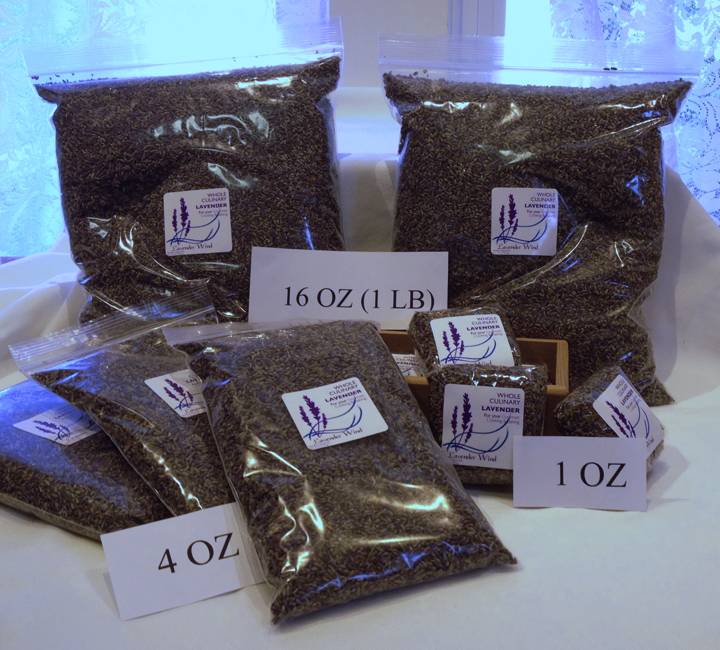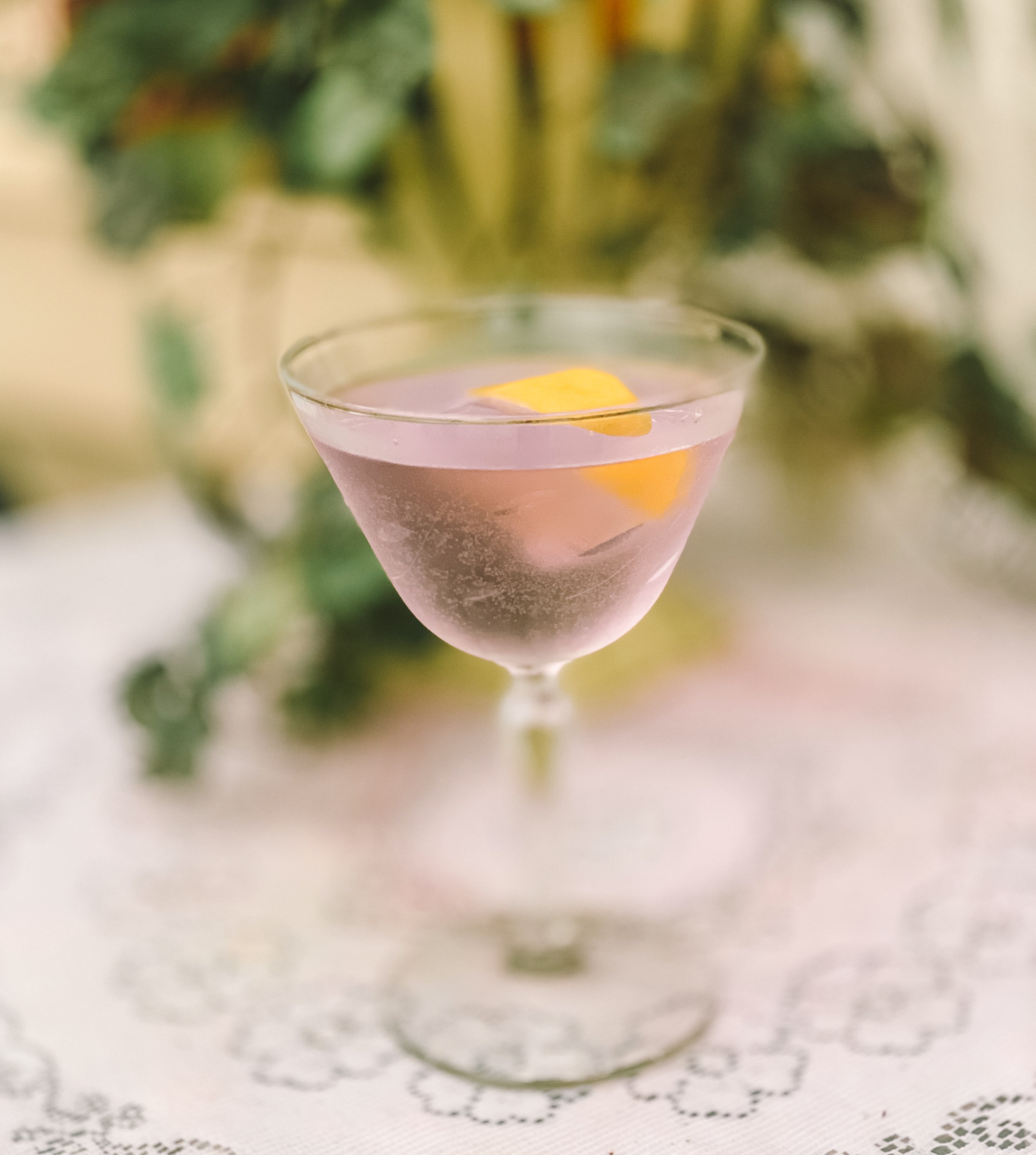
By Georgie Smith
It’s summer. The lavender fields are blooming.
Time to mix up a lavender cocktail, pour the husband his cold glass of lavender beer and send the kids to the street corner to sell some lavender lemonade.
Wait a minute…lavender? To drink? Isn’t that for soap?
Well yes. And no.
Lavender IS an amazing and natural fit in traditional ‘floral’ applications. Soap, lotions, potpourri, oils, perfume, cleaning products and more.
But, used correctly, lavender is also a surprising and refreshing flavor profile addition in many of your favorite summer-time cocktails (or mocktails) and even a fun addition to beer.
So how do you impress with your lavender mixology skills? By understanding the basics.
Understanding the Science Behind Taste and the Theory of Flavor Matching
The science behind taste has evolved in recent years. There are entire websites and complicated charts on ‘flavor pairings.’
https://www.nature.com/articles/srep00196
One prevalent theory is that most palatable flavor pairings are combinations of ingredients that share one or more ‘flavor’ profiles. This is how chefs have come up with crazy pairing ideas like chocolate with blue cheese (they share 73 flavor compounds).
Cultural and regional preferences also have a lot of influence in what is experienced as pleasant, versus unpalatable. In Western cuisine we tend to prefer pairings that ‘share flavor compounds’ in a sense that they ‘balance out’ different tastes.
This is simplified to the four main ‘flavor’ experiences. Salty (aka as savory), sour, sweet, bitter and many chefs like to add ‘spicy.’
These are all taste profiles we experience in different ways and that can be used to balance each other in flavor pairings. So, a spicy dish benefits from just a hint of sweetness, for example. https://www.cooksmarts.com/articles/study-flavor-profiles/
Lavender, which let’s not forget IS a herb as much as it is a ‘flower’, lies squarely in the ‘sweet and savory’ characteristics, with a healthy dose of bitter thrown in for good measure. So, when thinking about beverage ‘pairings’ consider how a bit of the floral sweetness can balance a sour flavor like lemonade. Or a little bit of that lavender ‘bitter’ bite can combine into an amazing martini with a subtle floral overtone.
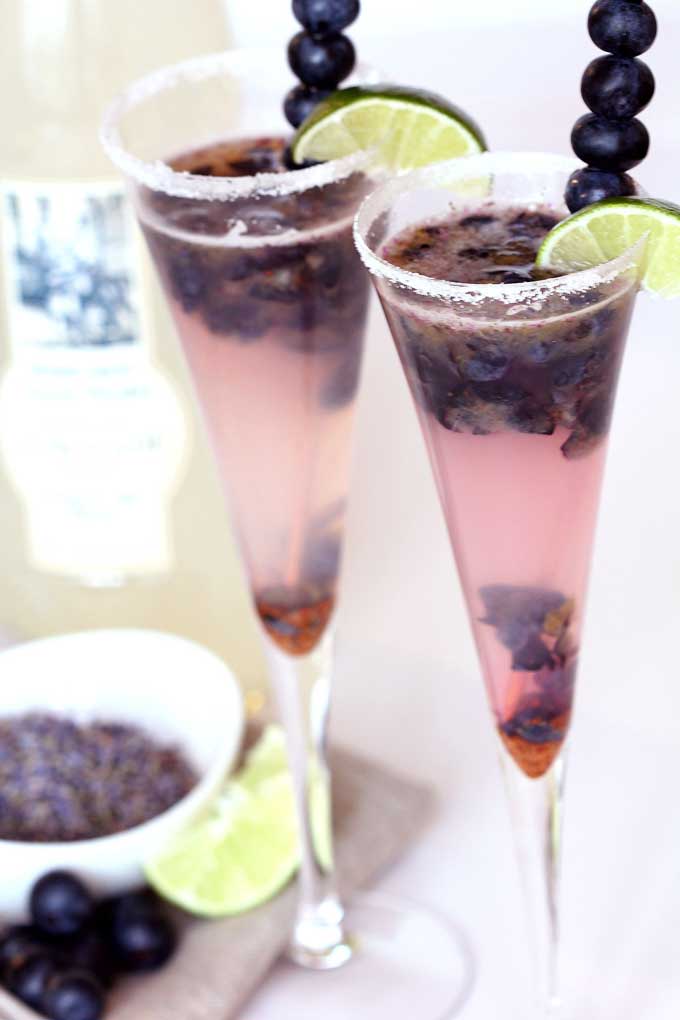
Don’t Forget the Olfactory Power of Lavender!
When using lavender for culinary purposes it is always important to remember that aroma makes up a HUGE part of a tasting experience. Eighty percent of how we perceive flavors is determined by aroma, according to many researchers. http://cst.ufl.edu/taste-vs-flavor-whats-the-difference.html
And that’s one thing lavender has in abundance – aroma. Particularly, a very floral, sweet aroma most typically associated with soaps, lotions and ‘perfume.’ After all the origin of the word ‘lavender’ comes from a Latin word ‘lavare’ meaning ‘to wash.’
Yet, what we like to ‘wash’ with isn’t what we typically want to eat, even though sometimes those scent profiles might be used in interchangeably purposes with different affects. You might enjoy and sort of want to eat, the chocolate-scented candle your husband bought you for your birthday. But probably not the lavender-scented one.
So how does that work when it comes to lavender? Which we can all agree has a LOT to offer when it comes to aroma?
It’s simple. Don’t use too much!
Home brewer and local high school math teacher Marc DeArmond followed that rule religiously with his “Hop Scald Pale Ale.” His ale, brewed from hops grown at the school garden and lavender sourced from Lavender Wind Farm, was the unanimous winner in all categories at a recent “Cook for the Cause’ contest and fundraiser for a local farm to school program. https://www.coupevillefarm2school.org
He added just two tablespoons of culinary lavender into a five gallon batch of brew.
“If you didn’t know the lavender was there, you might not have noticed. It’s just enough of the flavor to add to it,” DeArmond says. “Generally, if you’re doing anything with lavender, that’s where you want to be. You want it to have a nice floral bit without being overwhelming. It’s all about limiting how much you do.”
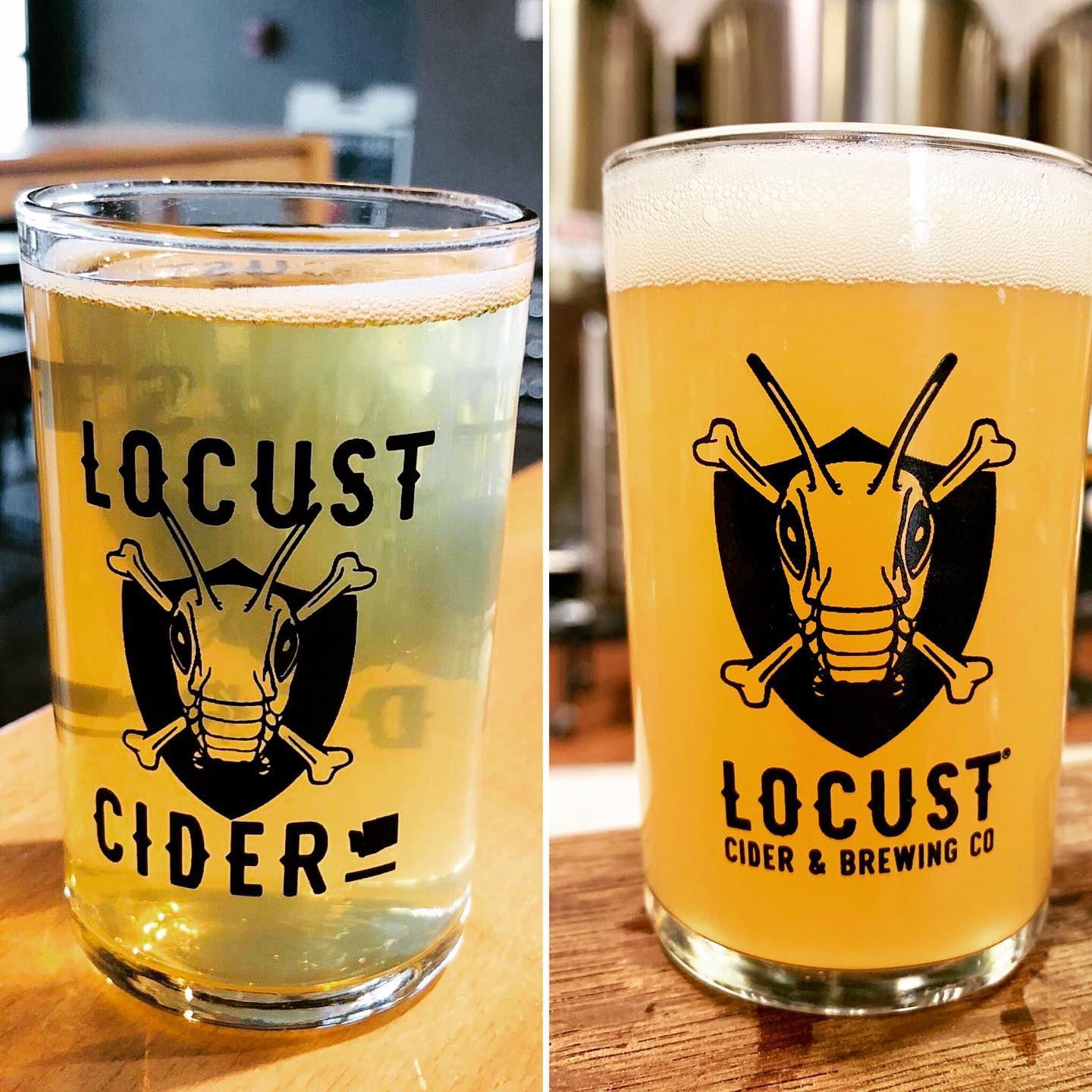
Use Culinary Lavender for Culinary Purposes
Sort of a no-brainer, but it really makes a huge difference to use the RIGHT type of lavender in beverages (or any food application.).
What IS culinary lavender? Well, it is varietals of what is commonly called “English Lavender”, or the Lavandula angustifolia species. English lavender, often considered the ‘true’ lavender by many aficionadas, has a more subtle, softer lingering flavor with the more intensely perfumed or camphoric (think Vick’s vapor rub) aroma than the other Lavandula species possess.
To read more information on the differences between lavender species check out our blog post here: https://www.lavenderwind.com/2019/lavender-essential-oils/
Making sure to source and uses culinary lavender, freshly-grown locally without chemicals so it’s human safe, properly cured and dried as well, is an important step in creating that perfectly ‘lavender-enhanced’ refreshment. Or you might end up creating a much different flavor experience than you were going for!
Make a Lavender Simple Syrup
A lot of the recipes use for lavender beverages start with a ‘simple syrup’ infused with lavender.
This prevents a lot of potential mistakes with using lavender flavor profiles.
It combines the sweetness of lavender with even more sweet (which we know works well because like flavor profiles pair well). It dilutes the intensity of the floral effects of lavender. It puts the lavender ‘flavor’ into an application that easily dissolves and mixes well with other liquids.
And also gives you a beautiful ‘syrup’ to display in that gorgeous little apothecary-type bottle you’ve had floating around your kitchen and never knew what to do with! (Just store in your fridge, up to two weeks).
Creating a simple syrup is, not surprisingly, very simple. The only ingredients needed are dried or fresh lavender flowers, water, sugar and sauce pan and a strainer. https://www.thespruceeats.com/diy-lavender-simple-syrup-760293
Ready to Start Mixing? Lavender Cocktail Inspiration Commence!
So, what’s next? Now that you understand the basics and are ready to start concocting? How about a little inspiration? Here’s a few of our favorites.
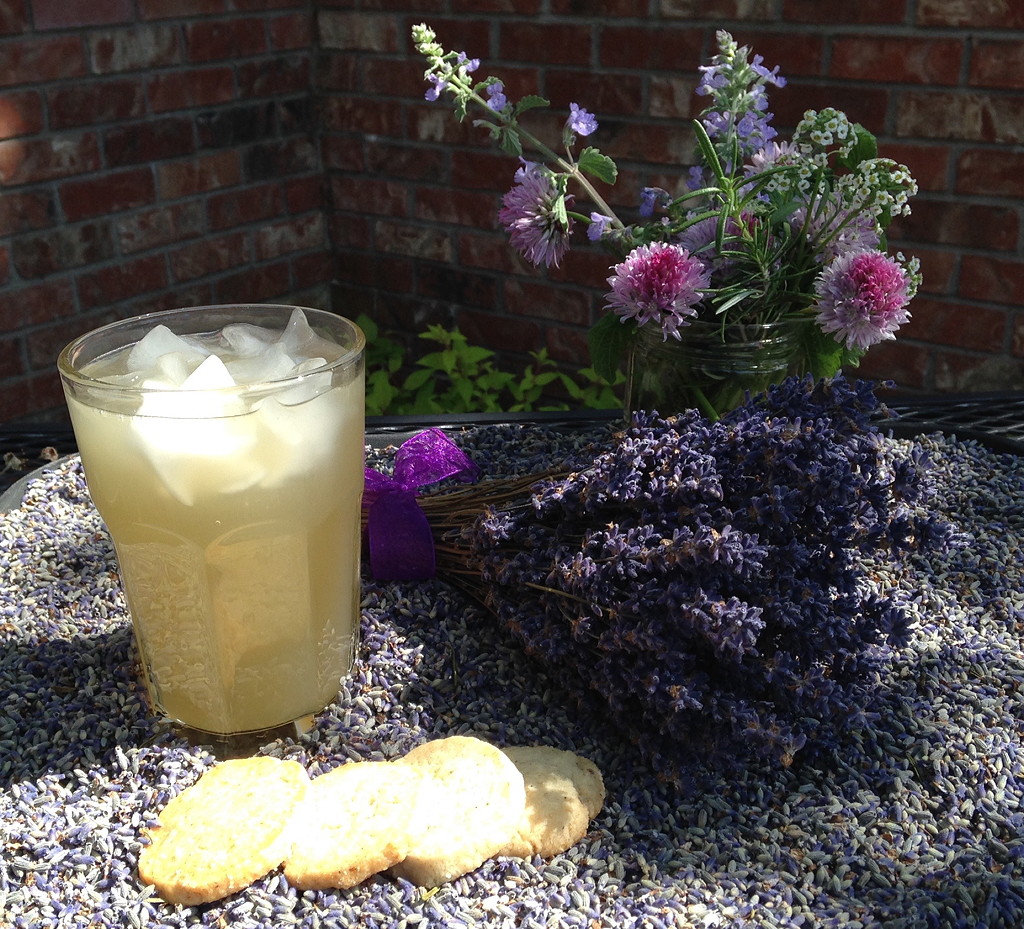
Lavender Wind Farm’s Lavender Lemonade – https://www.lavenderwind.com/2015/lavender-lemonade/
A classic, summer-time favorite. Great for the kids, or you can add a little rum for an adult beverage!
Lavender Bee’s Knees – https://www.gastronomblog.com/lavender-bees-knees-a-gin-cocktail/
A twist on a historic favorite, the gin sour cocktail. Using lavender and honey for a sweet, floral and earthy aroma.
Lavandou – https://www.foodandwine.com/recipes/lavandou-cocktails-2010
This is a heavier lavender-flavored cocktail, using cognac and a lavender-honey syrup.
Lavender Beer – http://chopandbrew.com/recipes/pedal-pusher-lavender-wit-homebrew-recipe/
There are many variations on how to use lavender in beer making. This blog post is a good example. You can always call up Mr. DeArmond though…he says he is always happy to share!
